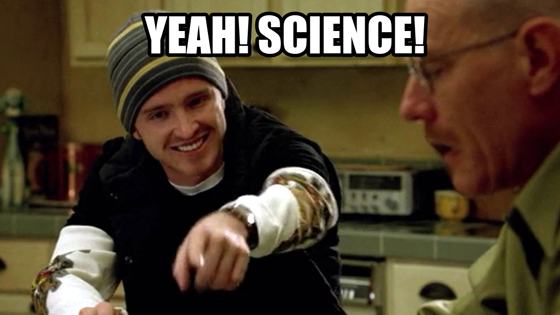2 YEAR-OLD is youngest human to receive BIOENGINEERED ORGAN. Medicine ++
Here is a little heartwarming story wrapped in the comforting blanket of scientific progression. A 2 year-old has received an artificial windpipe that was grown from her own stem cells. Lords of Kobol willing, it shall be enough to save her life.
Gizmodo:
A Korean-Canadian girl born without a trachea has undergone successful surgery to implant an artificial windpipe grown from her own stem cells.
2 ½-year-old Hannah Warren’s condition is extremely rare and is fatal in 99% of cases. She had been living in an intensive care unit since her birth in a South Korean hospital, where she breathed through a tube inserted into her mouth. The condition also prevents her from speaking and she cannot eat normally.It’s been three weeks since the complex nine-hour operation, and she’s now recovering at the Children’s Hospital of Illinois.
Because regenerative medicine is still in its formative stages, and because similar efforts have not proven successful in the long run, Hannah’s surgery was ethically justified by the Food and Drug Administration as a kind of last-ditch effort to save her life (doctors didn’t think she would live past the age of six). Ideally, experimental procedures like this one are developed and refined through clinical trials.
To make the bioengineered windpipe, the Karolinska Institute’s Dr. Paolo Macchiarini and his team made a half-inch diameter tube out of plastic fibers, bathed it in a solution containing stem cells taken from Hannah’s bone marrow, and incubated it in a bioreactor.
Stem cells are undifferentiated cells that can develop into virtually any other kind of cell. Why it works is still a bit of a mystery, but scientists suspect that the stem cells signal the body to send other cells to the windpipe, which are then properly sorted so that tissues can grow inside and outside the tube.
And because the windpipe is made from Hannah’s very own cells, there’s no need to suppress her immune system to avoid rejection.
The New York Times tells us about Hannah’s recovery:
Nearly three weeks after the surgery, the girl is acting playfully with her doctors and nurses, at one point smiling and waving goodbye to a group of visitors. Dr. Mark Holterman, a pediatric surgeon at the hospital, said that Hannah was breathing largely on her own, although through a hole in her neck, not through her mouth yet. “She’s doing well,” he said. “She had some complications from the surgery, but the trachea itself is doing great.”
Dr. Macchiarini described a look of befuddlement on the child’s face when she realized that the mouth tube was gone and she could put her lips together for the first time. “It was beautiful,” he said.




